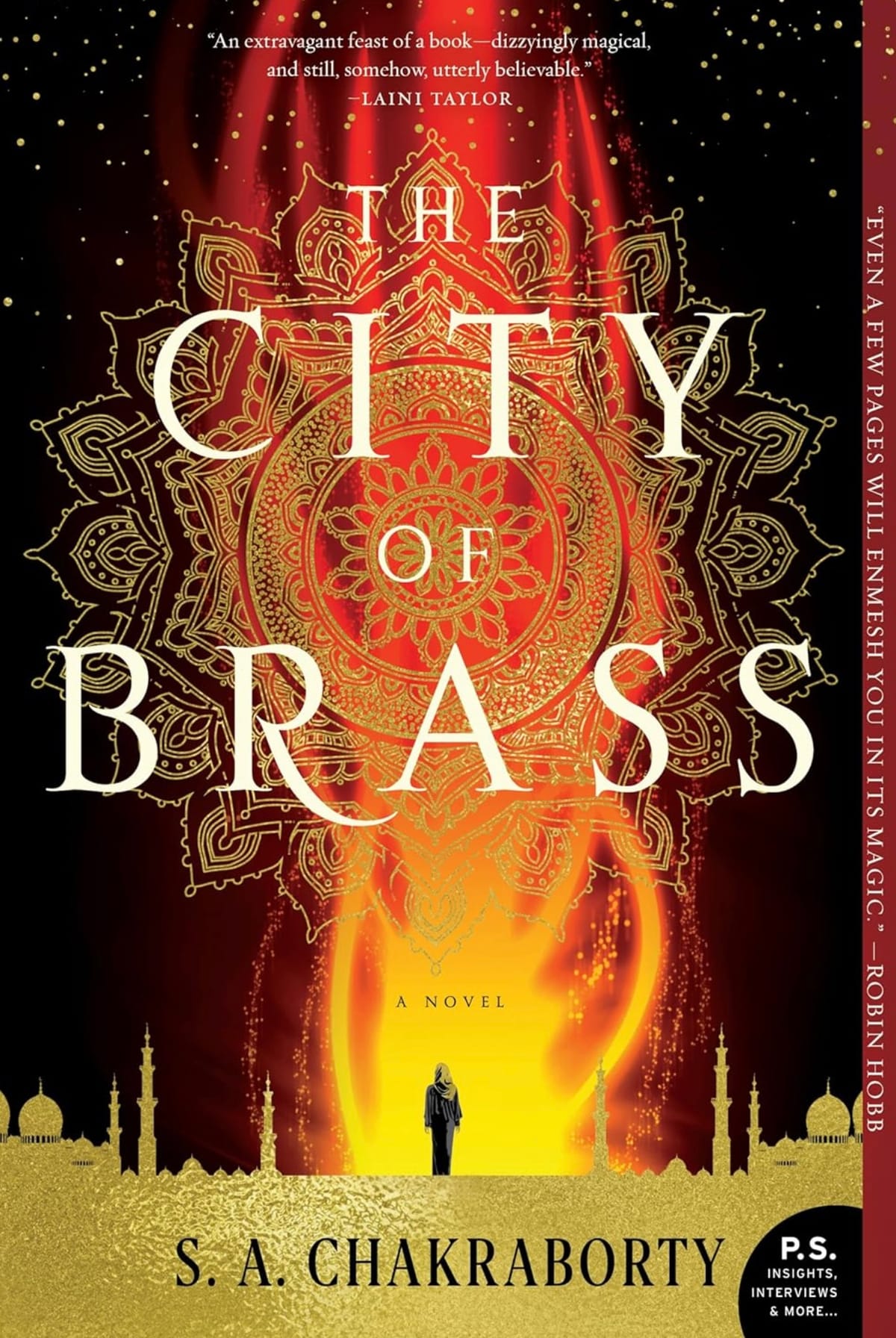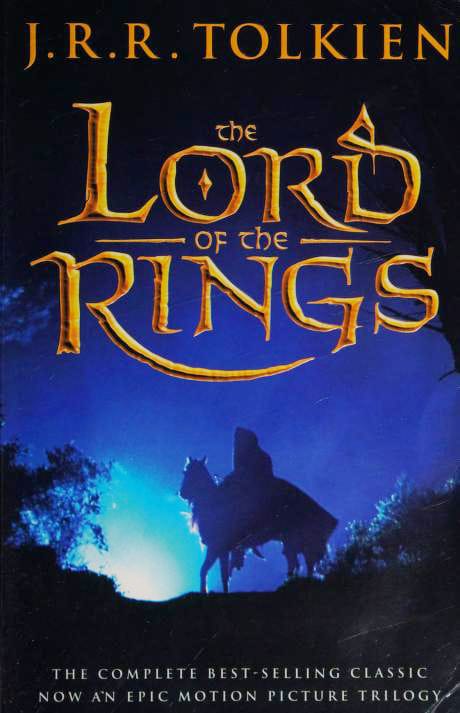The City of Brass: From Arabian Legend to Modern Marvel
Discover the legend, history and modern legacy of The City of Brass, a shimmering phantom metropolis that has inspired storytellers for a thousand years.

Introduction
Somewhere beyond the shifting dunes of the Sahara and the fabled borders of the Maghreb lies a place that glitters in the imagination: the City of Brass. Born from medieval Arabic manuscripts and immortalized in the tales of One Thousand and One Nights, this elusive metropolis haunts maps and minds alike. Whether viewed as a cautionary tale, a testament to human ambition, or a metaphor for lost civilizations, the City of Brass continues to lure scholars, adventurers and dreamers more than a millennium after it was first described.
Origins of the Legend
The earliest detailed account of the City of Brass appears in the 8th-century collection Kitab al-ʿAjaʾib wa-l-Gharaʾib (Book of Wonders). These travelogues, compiled during the Abbasid Caliphate, blended real geography with flights of fancy, mirroring the era’s boundless curiosity. When the story was folded into the 14th-century Egyptian version of One Thousand and One Nights, it reached a global audience. The narrative follows the Caliph Harun al-Rashid’s minister Musa ibn Nusair on a quest to locate the shimmering city whose gates were hammered from pure brass and whose inhabitants had defied divine will.
The Tale in One Thousand and One Nights
In Scheherazade’s telling, Musa’s expedition across deserts, salt flats and haunted valleys is littered with ominous signs: petrified giants, copper statues pointing the way and inscribed tablets warning of hubris. When the entourage finally arrives, they find the city empty but impeccably preserved—its residents reduced to lifelike corpses wearing crowns of gold. Inside a grand palace they discover the embalmed body of a queen holding a tablet that admonishes: “Where are the builders and the dwellers of these strongholds? Time has consumed them, and we too shall perish.” The tale melds spectacle with morality, emphasizing the fleeting nature of earthly power.
Archaeological and Geographic Theories
Historians have long debated whether the City of Brass was inspired by a real location. Some point to the ruined Roman outpost of Volubilis in Morocco, whose bronze-clad gates may have seeded the legend. Others cite Qasr Ibrim in Nubia, famed for copper fortifications visible to medieval caravans. Still others connect the tale to the lost city of Ubar, once a frankincense hub on the Arabian Peninsula. Yet no site fully matches Scheherazade’s description, leading many scholars to conclude that the City of Brass is a composite born of merchants’ exaggerated travelogues, echoing humanity’s perennial yearning for wonder.
Symbolism and Cultural Impact
The City of Brass serves as a stark reminder of impermanence. Its brass walls—durable, gleaming, resistant to corrosion—symbolize the human wish to transcend time. Their corrosion-free shine, however, stands in ironic contrast to the city’s lifeless interior. In Islamic literature, the story reinforces the concept of dunya, the temporal world, cautioning readers to invest in spiritual rather than material wealth. Western translations in the 18th and 19th centuries fed Europe’s fascination with Orientalism, influencing painters like Jean-Léon Gérôme and writers from Edgar Allan Poe to Jorge Luis Borges, who referenced the tale in his essay “The Translators of The Thousand and One Nights.”
Modern Literature and Pop Culture
Fast-forward to the 21st century and the legend has found new life. S. A. Chakraborty’s acclaimed fantasy novel The City of Brass (2017) reimagines the metropolis as a hidden djinn kingdom rife with political intrigue, introducing the myth to a fresh generation of readers. Role-playing games such as Dungeons & Dragons feature elemental metropolises clearly indebted to the brass-walled city, while television series like Doctor Who and video games like Assassin’s Creed drop subtle references. The motif even appears in steampunk aesthetics, where brass gears and ornate arabesques evoke a retro-futuristic Baghdad of the imagination.
Lessons for Modern Travelers
You don’t need to cross perilous deserts to absorb the City of Brass’s message. The story urges travelers to balance awe with humility. Millennia-old ruins from Petra to Persepolis echo the same moral: civilizations rise, dazzle and decay. Visiting such sites becomes a meditative act, prompting self-reflection on one’s own impermanent footprint. Pack curiosity, but leave hubris behind.
How to Experience the Myth Today
Museums worldwide house artifacts that evoke the City of Brass’s splendor. The Museum of Islamic Art in Doha displays intricately inlaid brass astrolabes and ewers from the very era that birthed the story. Literary enthusiasts can explore annotated translations of One Thousand and One Nights or listen to dramatic podcasts that retell the saga with modern flair. For a deeper dive, virtual-reality tours now reconstruct lost cities in breathtaking 3D, letting you walk through golden halls without disturbing a grain of sand.
Conclusion
The City of Brass endures because it occupies the fertile border between fact and fable. Its silent avenues warn against arrogance, yet its radiant towers celebrate human imagination. Whether you read it as history, allegory or pure fantasy, the legend invites you to ponder what gleaming structures our own age will leave behind—and who will wander through them, marveling at relics of a civilization that once believed itself eternal.



